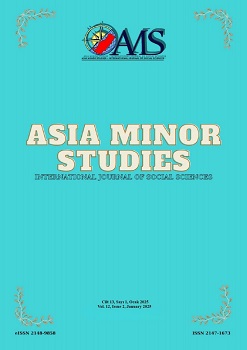Orta Çağ’da Devlet: Hristiyan Batı Avrupa’da
State in the Middle Ages: In Christian Western Europe
Author(s): Etem ÇalikSubject(s): Christian Theology and Religion, Political history, Middle Ages, Politics and religion
Published by: Kilis 7 Aralık Üniversity
Keywords: Middle Ages; Christianity; Papacy; Renaissance; Reformation;
Summary/Abstract: In the Middle Ages, the state will be structured in a different way from the Early Ages and will take on a religious color in both the Christian and Islamic worlds. However, again unlike the societies of the Early Ages, those representing the political authority would not have a sacred, religious identity; the function of representing religion would pass to the popes and priests. With these functions, the popes will act as a tutelary authority over the political powers and this dual leadership in Western European states will continue until the middle of the New Age. Instead of directly seizing political power, Christian clergy preferred to control it. Thus, they kept both religious and political power under their control. From time to time, political powers attempted to break the influence of the clergy. However, they failed every time. Because the clergy had the trump card of excommunication. This was how they neutralized the political power holders who attempted to break their authority. For those who were not in political power (mostly scientists who shook the Christian faith with new scientific discoveries), they used the Inquisition courts. With the emergence of the Renaissance in the 15th century and the Reformation in the 16th century, the authority of the popes began to be questioned in Western Europe, and it was only in the second half of the 17th century that these movements were able to achieve their goals.
Journal: Asia Minor Studies
- Issue Year: 2025
- Issue No: 1
- Page Range: 1-10
- Page Count: 10
- Language: Turkish

